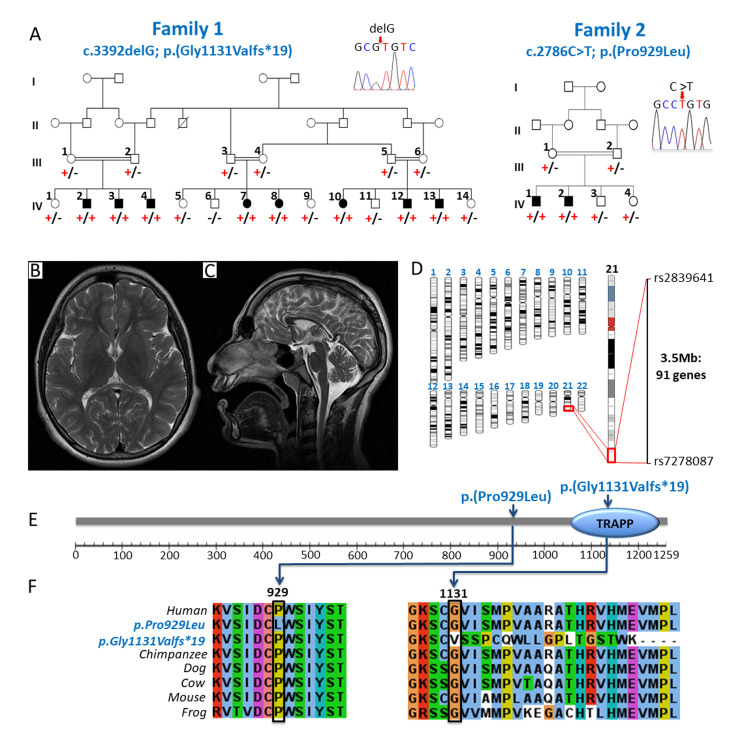Fig 1. Biallelic TRAPPC10 variants identified in two families with individuals affected by a microcephalic neurodevelopmental disorder.
(A) Family 1 Extended pedigree comprising three interlinking families and a total of eight affected individuals all of whom are homozygous for the TRAPPC10 c.3392delG; p.(Gly1131Valfs*19) variant (‘+’), with co-segregation confirmed in other family members (‘-’ indicates the wild type allele). Inset: Dideoxy sequence chromatogram of an affected individual homozygous for the TRAPPC10 c.3392delG; p.(Gly1131Valfs*19) variant. Family 2 Previously reported family (MR107) [27] showing co-segregation of the TRAPPC10 c.2786C>T; p.(Pro929Leu) variant (‘+’) in a four generation pedigree (‘-’ indicates the wild type allele). Inset: Dideoxy sequence chromatogram of an affected individual homozygous for the TRAPPC10 c.2786C>T; p.(Pro929Leu) variant. (B, C) MRI neuroimaging of individual IV:2 from family 1 demonstrates microcephaly and profound thinning of the corpus callosum with no other abnormalities. (D) Genome-wide SNP mapping in seven affected individuals (1-IV:2–4, 1-IV:7–8 and 1-IV:12–13) identified a single (3.5Mb) region of shared homozygosity, containing 91 genes including TRAPPC10. (E) Schematic diagram of the TRAPPC10 protein identifying TRAPPC10 sequence variants and TRAPP domain. (F) Multi-species alignment showing conservation of the molecular region encompassing the p.Gly1131Valfs*19 and p.Pro929Leu variants.

